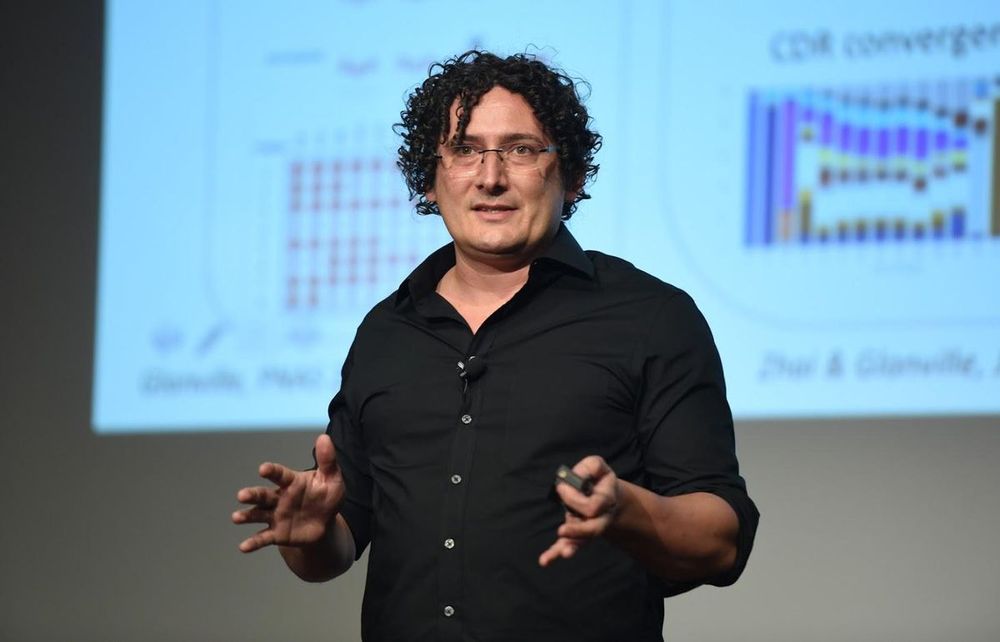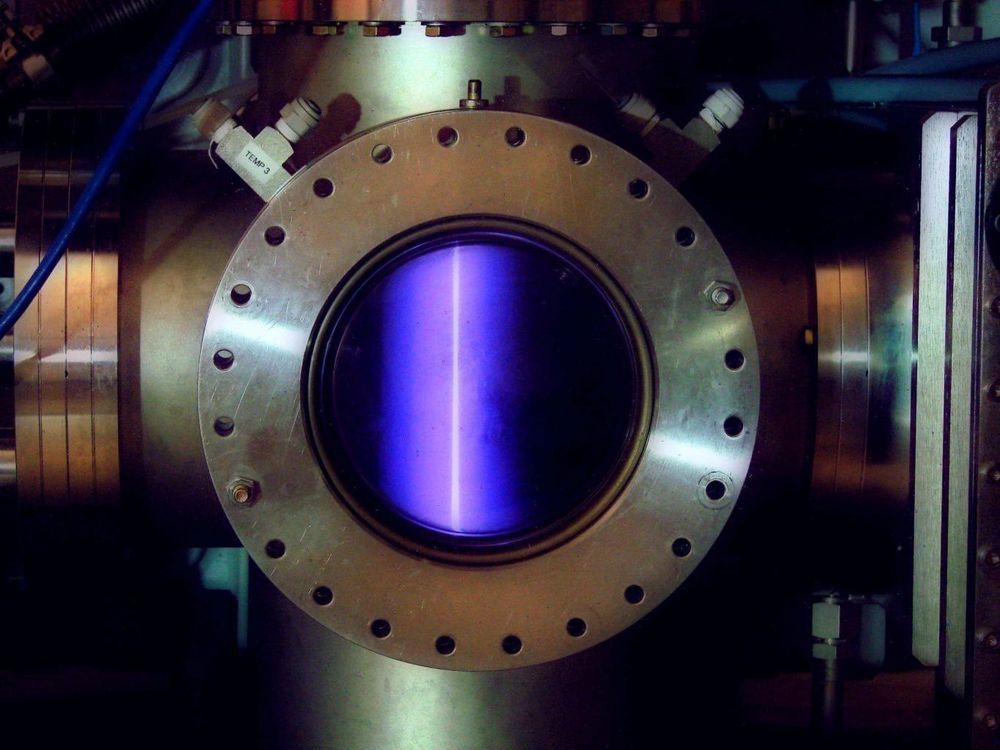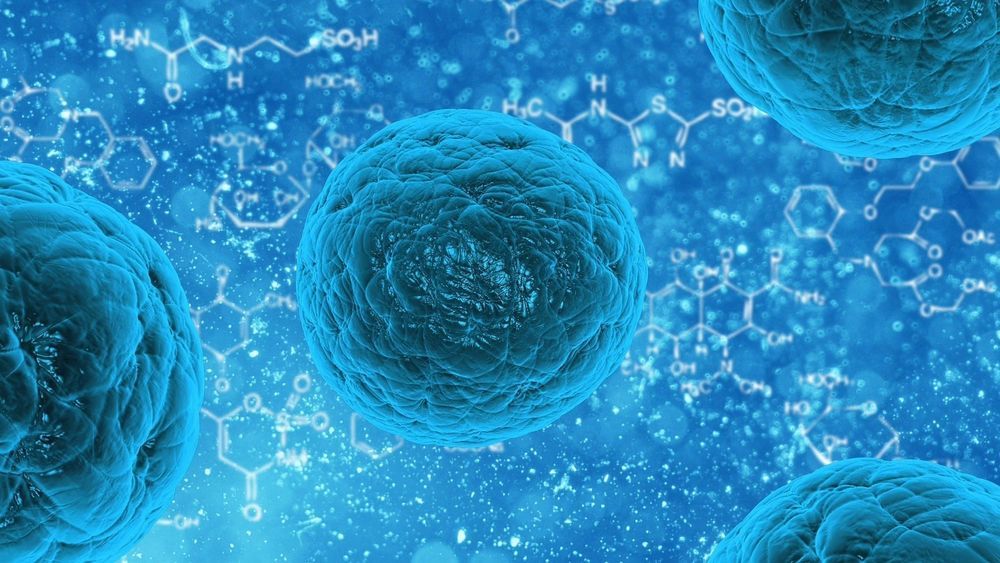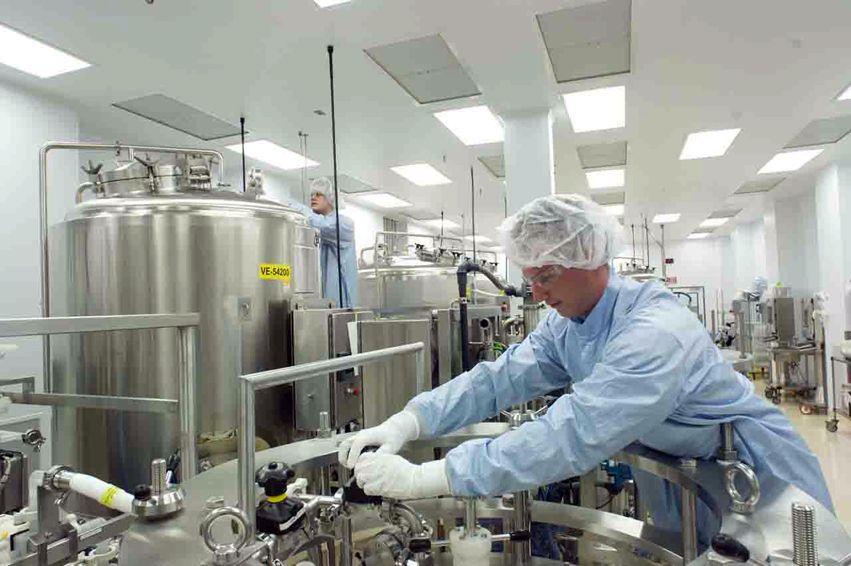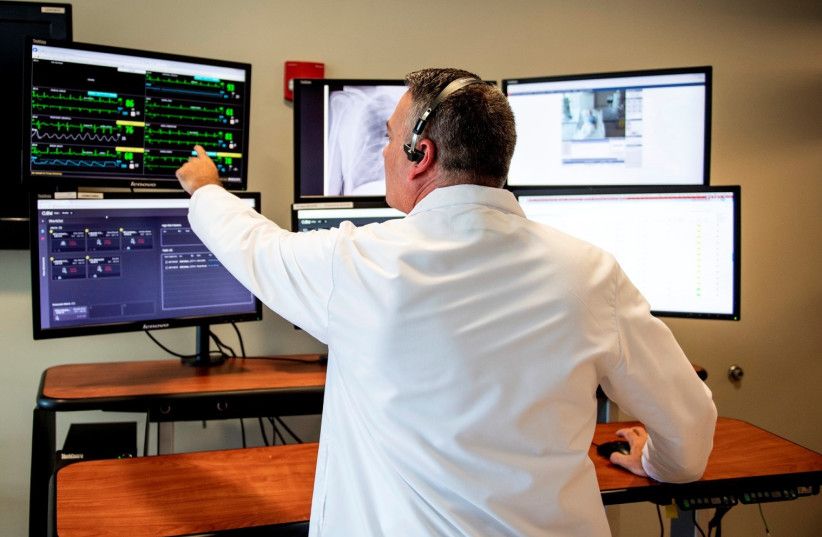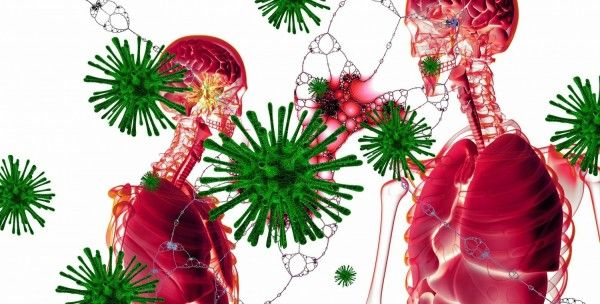The coronavirus has killed dozens of federal prisons and infected more than 6,000. Prisoners say they have been stuck in grim conditions that make social distancing impossible. To support their claims, some prisoners have used contraband cell phones that have been smuggled into prisons to post videos on Facebook and other social media sites.
VICE News contacted one of the prisoners, 34-year-old Aaron Campbell, held at a federal prison in Ohio, who said he was punished for making his video by being sent to solitary confinement. In a letter, Campbell said officials told him he would not face additional discipline if he issued a statement saying the video was fake. He refused. (The BOP did not respond to questions about his allegations.)
Read the full story — https://bit.ly/3dae6Zb
Check out VICE News for more: http://vicenews.com
Follow VICE News here:
Facebook: https://www.facebook.com/vicenews
Twitter: https://twitter.com/vicenews
Tumblr: http://vicenews.tumblr.com/
Instagram: http://instagram.com/vicenews
More videos from the VICE network: https://www.fb.com/vicevideo

